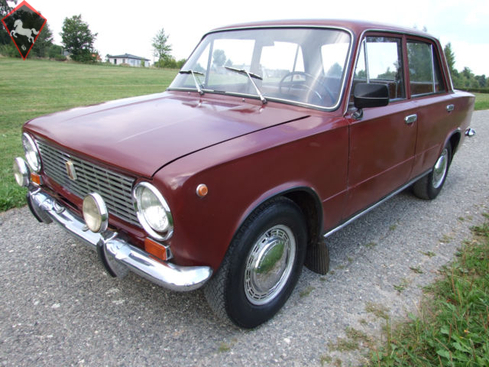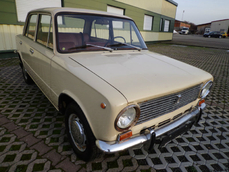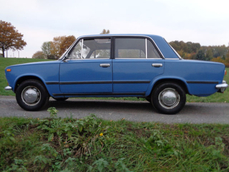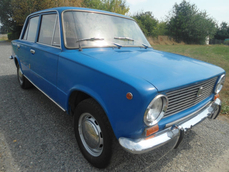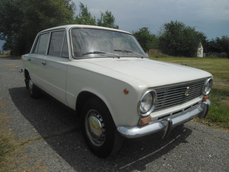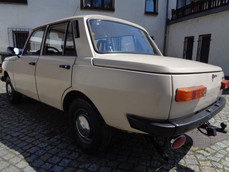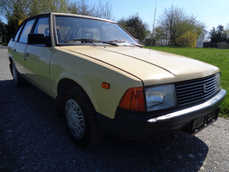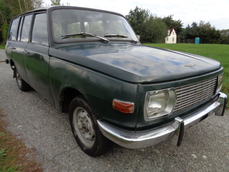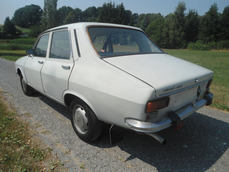Lada 1200 1971
General description :
ZHIGULI 2101
Erstzulassung 6 / 1971
einer der aller ersten der gebaut wurde !
Originalzustand
1. Hand
37000 km
weinrot
44 Kw / 60 PS
4 Gang SchaltgetriebePreis VB 3000,00 EuroFinanzierung sowie Inzahlungnahme möglich ! Alle Angaben ohne Gewähr, Irrtümer und Zwischenverkauf vorbehalten.
1971 Lada 1200 is listed for sale on ClassicDigest in Dresdener Landstrasse 5DE-01877 Bischofswerda by CARAVAN - HERZOG for €3000.
Car Facts
Car type : Car Make : Lada Model : 1200 Engine size : 1.2 Model Year : 1971 Sub type : Sedan Location : Dresdener Landstrasse 5DE-01877 Bischofswerda Vehicle Registration : Undefined
3000 €
People who viewed this Lada 1200 also viewed similar Lada listed at ClassicDigest
Other cars listed for sale by this dealer
About Lada
The story of Lada, often referred to as the "Fiat for Siberia," is a fascinating journey that spans decades and reflects the automotive industry's development in the Soviet Union and later in Russia. Here's an overview of the history of Lada, its models, and export markets:1. Beginnings:
1966: The origins of Lada can be traced back to 1966 when the Soviet government entered into an agreement with the Italian automaker Fiat. The goal was to establish a production plant in the Soviet Union to manufacture affordable cars for the masses.
2. VAZ-2101 (Lada 1200):
1970: The first Lada model, the VAZ-2101, was introduced. Often called the "Zhiguli," it was based on the Fiat 124. The VAZ-2101 became a symbol of affordable and practical transportation for Soviet citizens.
Export Markets: Lada cars were exported to various countries, particularly those within the Eastern Bloc and developing nations. The export of Lada vehicles helped generate foreign currency for the Soviet Union.
3. Expansion of the Model Range:
1970s-1980s: Lada expanded its model range, introducing various modifications and updates. The VAZ-2106, VAZ-2107, and other models followed, each catering to different market segments.
4. Production Volume:
1970s-1990s: Lada became a significant player in the global automotive market. The production volume of Lada cars was substantial, and the vehicles gained a reputation for their sturdiness and simplicity.
5. Perestroika and Challenges:
1980s-1990s: The political and economic changes during the Perestroika period brought both challenges and opportunities. Lada faced increased competition from Western automakers, and the demand for more modern and advanced cars grew.
6. Joint Ventures and Modernization:
1990s-2000s: Lada entered into joint ventures with international car manufacturers, and efforts were made to modernize the lineup. New models like the Lada Kalina and Lada Priora were introduced.
7. Current Era:
2000s-Present: Lada continues to produce a range of vehicles, adapting to changing market demands. Models like the Lada Granta and Lada Vesta have been introduced to cater to modern preferences.
8. Export Markets Today:
Present: While Lada cars are no longer as widespread in Western markets, they remain popular in Eastern Europe, Central Asia, and certain developing countries. The focus has shifted towards maintaining a strong presence in the domestic market and targeted export markets.
